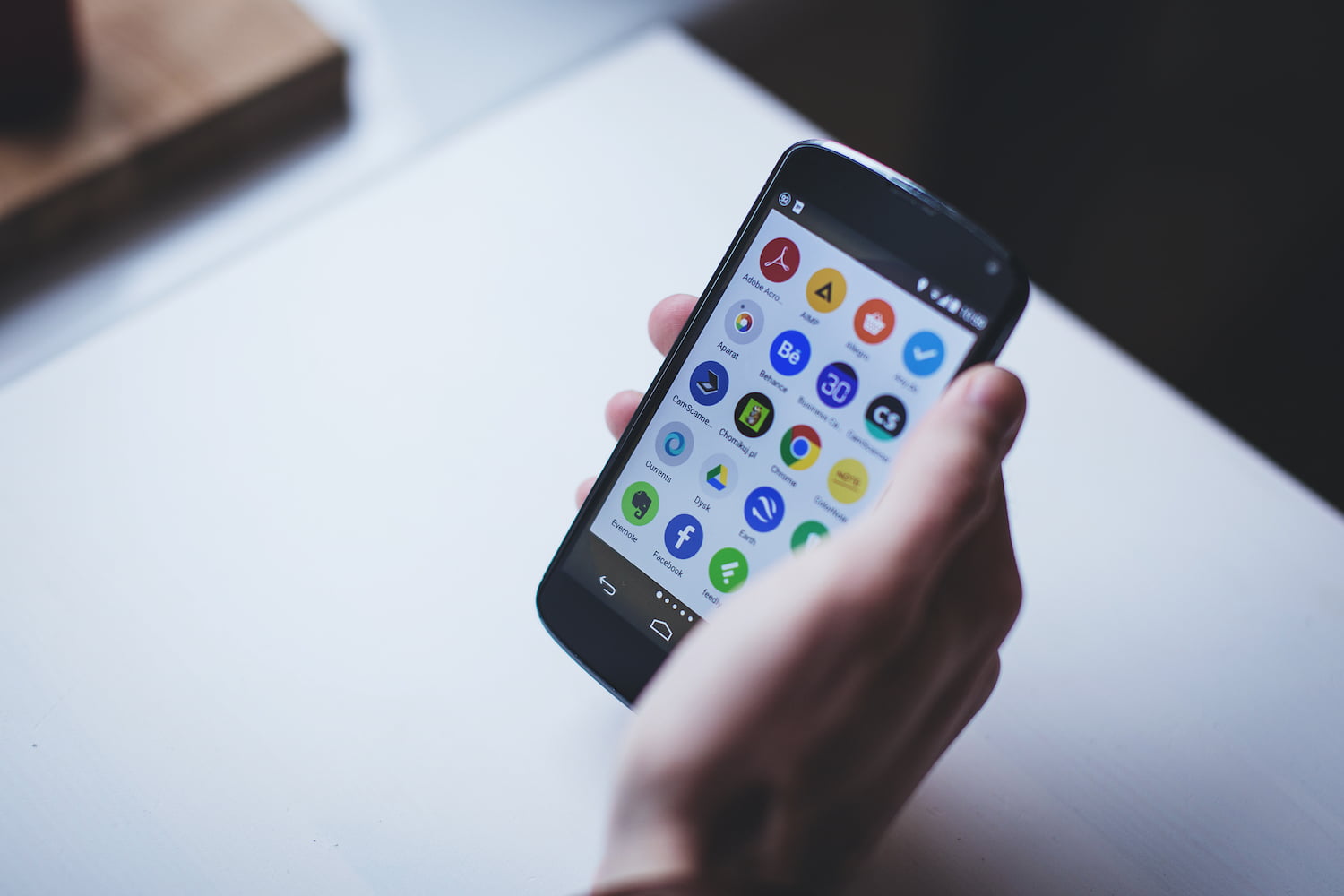
October 7,2021
Ecommerce mobile investments 2021
In this article, we will be looking at the implications for mobile developments for ecommerce businesses based on the 2021 digital trends retail in focus.
We are specifically looking at what the top two areas of mobile experience organisations will be investing most in 2021, with us looking more into how this will affect the ecommerce side going forward.
49% mobile ordering
At the top of the list, we have mobile ordering. This tells us 3 things, firstly that it is becoming more commonplace for people to place orders on their phones, which has likely only increased since the pandemic and lockdowns have been put into place.
Secondly, one of the biggest hurdles to people ordering online is the order and checkout process. This is understandable as, even with the improvements in mobile usability that makes various tasks easier to accomplish, that having to navigate and type out all your info for the checkout process on a mobile device is not as seamless a task as on a desktop or laptop. This would mean that certain aspects need to be made simpler to make the process a more seamless experience.
And thirdly, the changes to the ordering process are evolving to offer people more options as to how they want their order to be fulfilled, such as delivery, on site collection, off site collection etc. Since the lockdowns and restrictions have been put in place, the number of ways we can choose to get our orders have increased, which has been of great benefit for those ordering, giving them more flexibility and being able to fit their deliveries and collections more around their schedules and lives.
40% mobile applications
Mobile applications are a growing part of the ecommerce environment. Though they may seem to perform a similar task that visiting a website would do, thus being redundant, they provide a major benefit that may not be obvious at first – convenience.
Imagine all the apps that offer services, like Uber, Google Maps, Skype and so on. Now imagine that you have to open your browser, go to the web page, likely log into your account to perform the same task, as simply opening the app. That convenience is why we are seeing these come up more and more in the world of ecommerce.
This is why we are seeing these pop up more and more, and why we will continue to see this grow. They can also offer better solutions for when customers engage with your business, providing better solutions for order collection, simpler checkout process and more, even some we have looked at in this article.
Unlike websites, mobile applications have a huge range of information about the company, they are built for a particular purpose so cut out anything irrelevant making performing the same action you would on a website, a better experience.
16% augmented reality
Augmented reality or AR, is where you use a device to overlay (augment) a digital asset in the real world. Think of a game like Pokemon Go, people use their phones to view the pokemon on the background of where they are in the real world.
This is being used and is continuing to be taken up by multiple different stores to offer a ‘try before you buy’ to get a feel for their items in the real world. One excellent example of this would be furniture, like a sofa. In store, you can see the sofa, sit on it and get an idea of what it’s like to use, but you won’t know what it’s like in your home until you get it there. Augmented reality lets you overlay the item in your home so you can see what it would be like against your decor, it even gives you an idea of where it would fit.
More of a niché use, as not everything lends itself to being tried out with in AR, but can help push those sales and preview products or experience services in their own environment and on their own time, before electing to make a purchase.
10% geo-fencing
Geofencing is a location-based service in which an app or other software uses GPS, RFID, Wi-Fi or cellular data to trigger a pre-programmed action when a mobile device enters or exits a boundary set up around a geographical location, known as a geofence.
This can have many uses in the advertising area. Using a method like geo fencing, you can make your ads more targeted and focused on people within a specific location, leading to a better ad spend.
It can also be used for collecting marketing data of their customers and using it to deliver in-store promotions based on where the customer is located, making for a more personalised customer experience.




